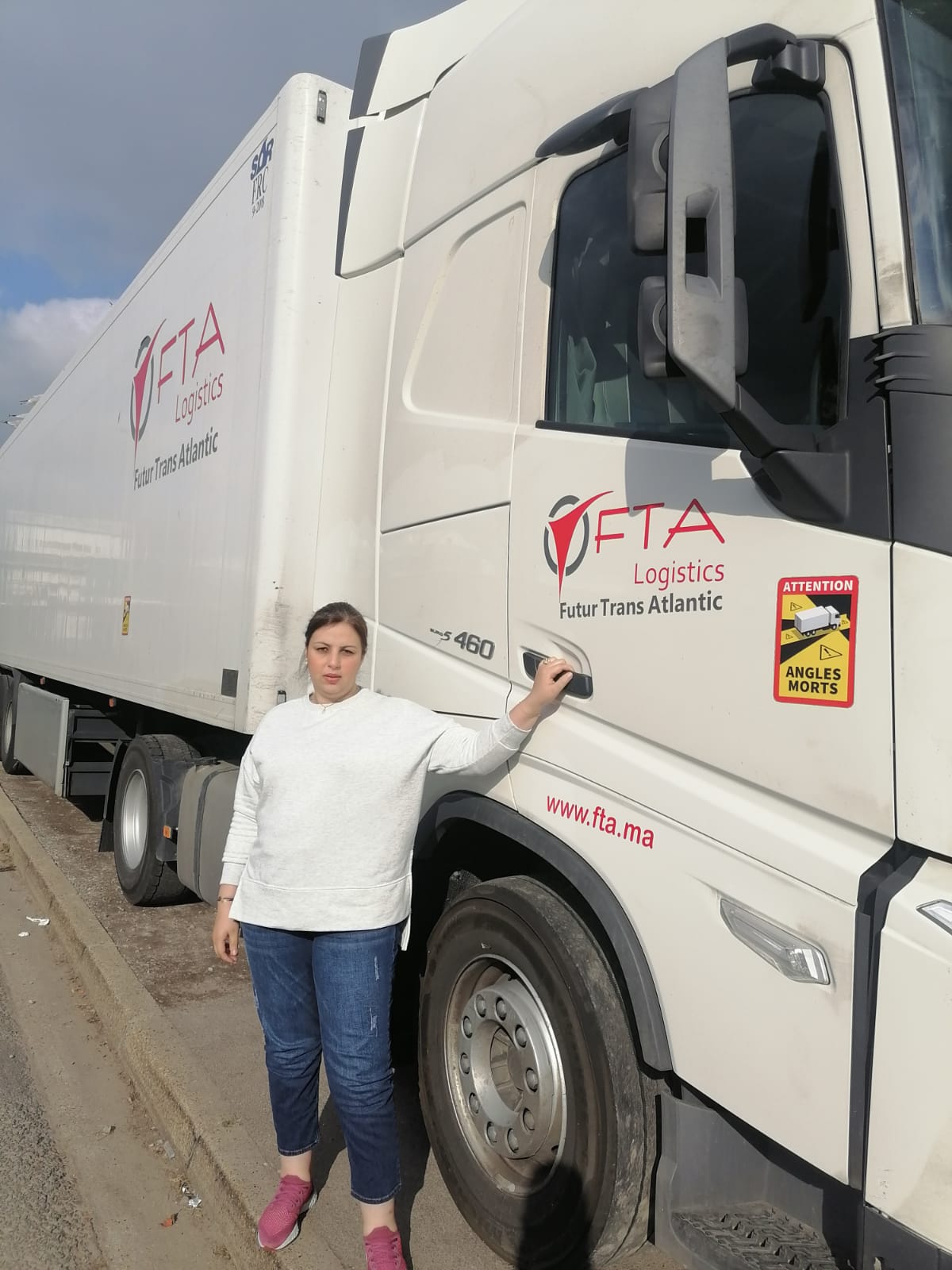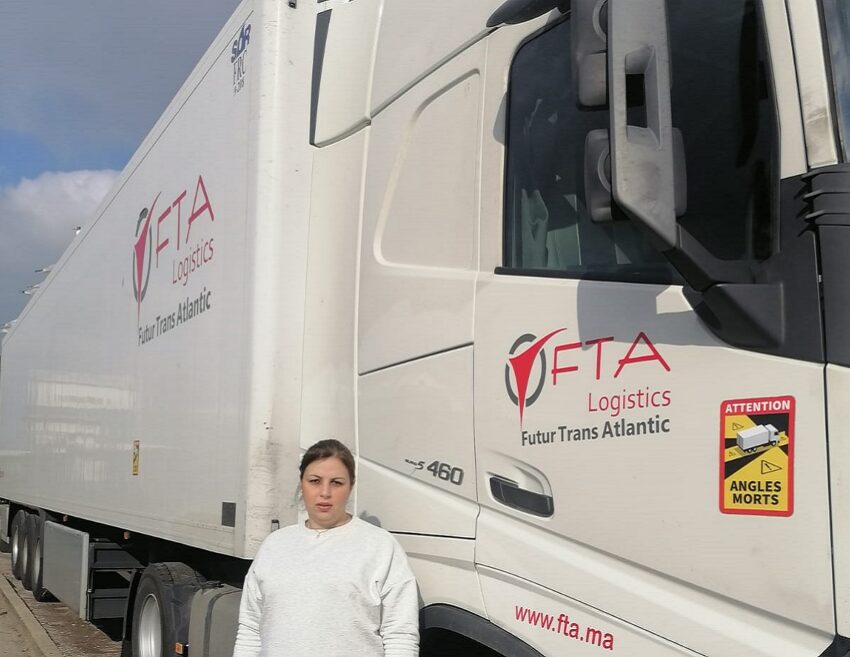Even a few years back, the transportation and logistics industry used to be a completely male-dominated sector. The poor perception of career opportunities is a significant deterrent in this regard. In spite of representing around half of the global population, the role of women in this male-dominated sector used to be marginal for decades. Nevertheless, in the last few years, the increased focus on inclusion and gender diversity has seen an increase in women professionals in this sector, as well as in the efficiency of the industry. This only proves that the e-supply chain industry as a whole surely could do well with a more diverse workforce.
On International Women’s Day, we have created a special post on how women are gradually finding an important place in this industry that used to be a male bastion.
The introduction of diversity in logistics companies
Although there is still a long way to go, the transportation and logistics industry is changing this perception more and more. Nowadays the industry is adopting a skill-based approach to workforce recruitment. In a time when better output is the bottom line of all organizations, having a diverse workforce with all the required expertise has become indispensable for the success of logistics companies.
A very good example of a diversity-aware company is Futur Transatlantic FTA, a Globalia member in Tangier, Morocco. They have been encouraging women to take part both in unconventional roles and responsibility positions for some time now. Amal Rannane started a career in this industry as a professional driver in 2018. Futur Trans Atlantic was one of the few companies in Morocco that allowed her to take up the task of an international driver.
“I really appreciate the opportunity that FTA gave me when offering me the job. It was really hard for me to find a chance to work as a driver at an international level”, states Rannane.
The importance of women in logistics
As per a report by Gartner, women made up around 41% of the supply chain workforce in 2021. Out of this 41%, around 15% of women were in the top echelons of the companies. This clearly shows how women are making their mark in the supply chain sector. According to Dana Stiffler, the VP Analyst with Gartner Supply Chain, the pandemic is a major factor contributing to the rise of women professionals in this industry. The labour shortage and the criticality of missions during the pandemic prompted logistics companies to increase their hiring rate.
| During the pandemic, we have seen how port congestion, container shortage, and labour shortage disrupted the functioning of the transportation and logistics sector. In the last two years, women came up with new technologies, helped their companies drive sustainability efforts, forged new partnerships, and advocated for employee rights to keep the workers safe. This has surely inspired young women across the world to join this industry that has now become an essential service sector.
As stated by Ms. Ranane, “Even when women spend most of their time in the kitchen, the most successful chefs are men. That is why I feel lucky to have a supportive husband and a supportive team. I really believe that things have started to change.” |
 |
New goals in the transportation industry for gender diversity
Diversity, equity, and inclusion (DEI) have become important factor that is driving the growth of several companies in this sector. In 2021 around 74% of companies were prioritizing DEI while hiring new employees. Several supply chain companies are targeting a women-focused initiative that is a major step up from the last decade. Even in developing economies like India, the participation of women in the logistics industry would reach the global average of 20% by the end of this year.
After the consolidated efforts put forward by this sector, we can now see women taking up leadership roles in logistics. Apart from roles at the executive and mid-management levels, women are also taking up technical roles such as truck drivers, warehouses managers, forklift operators, shift supervisors, etc.
The de-genderization of professions has played an important role in the rise of women professionals. Previously, the role of women was limited to packing and sorting jobs at warehouses. The warehousing sector was largely dependent on the male workforce for the lifting and moving of goods.
Ms. Ranane further adds, “I strongly believe that this is the beginning of a change in transportation and logistics. Working at Futur Trans Atlantic FTA is a great opportunity that every woman should have to succeed in her professional career. I have never faced any problem in carrying out a leadership position. People admire and respect my efforts and bravery, for which I am extremely thankful.”
Technology as a boost of change
The advent of robotics technology has changed a little bit this scenario. The advancement in technology and the introduction of warehouse robots are now allowing women to handle tasks that were hitherto carried out by men. For example, we can see many women drivers who are working in the last mile delivery field. In other words, technology has allowed women to take up roles that were previously unheard of.
“Technology has made a way for this gender diversity. Thanks to digitization, more and more companies are starting to be aware of the need for a women workforce. FTA provides us with the necessary equipment to work equally, comfortably, and professionally.“
The industry still needs to find new ways to promote gender diversity
The Gartner survey has also revealed that retaining mid-career female professionals is somewhat challenging for many companies. Several women in their mid-career have reportedly left this sector. The primary reason behind this is the lack of career development opportunities. Logistics companies who seriously want to implement gender equality should create tailored employee development programmes and implement flexible work policies that would help retain mid-career women.
Gender diversity and inclusion are essential to offer a wider perspective in decision-making. The inclusion of more women professionals in every tier of a company can immensely help to foster the bottom-line of the organizations.
One reason that deters women from taking up roles in this sector is the work environment. For example, the rest stops for truck drivers have generally shared accommodations. This could surely pose a problem for women. Additionally, washroom infrastructure and physical security arrangements require a lot of improvement to encourage more women to opt for this career option. The transportation and logistics companies also need to promote capable women to leading roles and create role models for the young female professionals. Lastly, companies need to make a serious effort at employee training and career enhancement programmes, especially for women. This will ensure more women’s participation in this hitherto male-dominated sector.


